Earlier this month on Twitter, Andrea P. and Shannon C. asked me about my genre introductions that I do at the beginning of the year with my students. This made me think that it since the new school year is upon us, it may be time to share the lesson I used the last few years to share genres and formats with my students. Now as my school’s reading coach, I look forward to sharing this post/lesson with my reading department so that they can continue to find the success that I did.
At the beginning of each school year, I know I need to acclimate my students to books and my classroom library. Since I teach intensive reading, many of my students are reluctant and struggling readers which means that they have not been around or fans of books, so my classroom library is a bit overwhelming. The best way I have found to introduce my students to my classsroom library and books in general is a mini-genre study. The way it works is I spend each day introducing a genre. I separate my genres into 7- realistic fiction, fantasy, science fiction, historical fiction, informational nonfiction, biography, and traditional literature – and 3 formats – graphic novels, poetry, and short stories. Thus, the mini-study lasts approximately 10 days including 1 review day and 1 assessment day.
Each mini-study goes the same: After discussion about what students think each genre is, I define the genre (using students’ words when I could) and we enter the definition onto a tree map. Then, the students brainstorm aspects and examples of the genre using a circle map. In the circle of the map, students put words that define the genre and examples of what could be in the books while in the square (frame of reference) they put examples of books, movies, TV shows, etc. for the genre. For example, if we are doing “Fantasy”, the circle would include things like: magic, vampires, talking animals, dragons, couldn’t ever happen, etc. while the frame of reference would include: Harry Potter, Twilight, Amulet, etc.
Following our discussion of each genre I read a picture book of that genre and then we discuss how it is said genre. There are so many picture books for each genre, so have fun choosing! The picture books I used last year were:
Historical Fiction: Titanicat by Marty Crisp

Biography: Martin’s Big Words or John’s Sweet Dreams by Doreen Rappaport [I let the kids choose.]
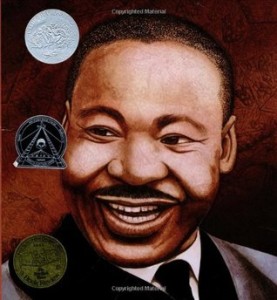 or
or 
Realistic Fiction: First Day Jitters by Julie Danneberg

Fantasy: Where the Wild Things Are by Maurice Sendak

Traditional Literature: Lon Po Po by Ed Young
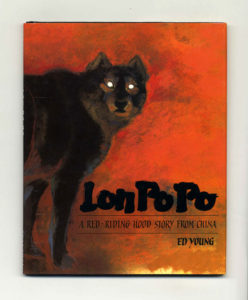
Science Fiction: Zathura by Chris Van Allsburg
(though we discuss how this one could be considered fantasy as well)
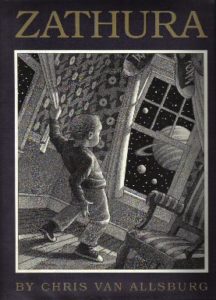
Informational Nonfiction: Volcano by Patricia Lauber [previewed the book]
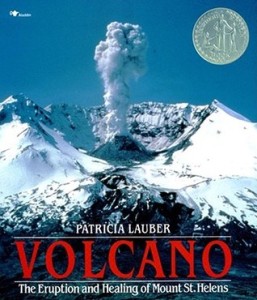
After each picture book/story, I use this opportunity to show students how to respond to writing like I am going to ask them to do weekly by modeling a journal entry after each complete picture book.
Next, I allow my students to access the classroom library. Each student gets to pick two books of the discussed genre (books are marked with a sticker to distinguish between the genres). I then do a book pass where students pass around the books they chose. With each set of books, the students get 2 minutes to preview the book and decide if they want to add it to their “Books to Read” list.
The last thing we do, and this was new this year (an idea that I stole from my friend), was after the book pass, as an exit slip, they needed to tell me why the book at least one of the books they wrote about on their “Books to Read” list was the genre we are discussing. For example, if a student had Suck it Up by Brian Meehl they would put that Suck it Up is fantasy because it has vampires in it and vampires don’t exist.
After going through all 7 genres and 3 formats, we review by playing the Pyramid Game and 4 corners and we finally end with an assessment which includes multiple choice, short answers, and students writing a story of a specific genre. By the end of the unit, students have a long list of books they want to read from all the genres and know how to find books in the classroom library.
This is the beginning of cultivating readers.
Happy growing!

 or
or 





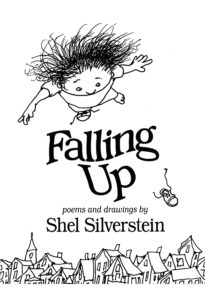
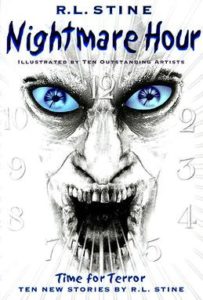


With the new common core, have you thought about doing both informational nonfiction and narrative nonfiction?
I hadn’t, no, but that is a great something to think about – thank you!!!
Great resource – thanks for sharing!
Thanks for stopping by Donna 🙂 I hope it helps!
You have provided a terrific example. Do you have a link to the Pyramid game? I would like to see it.
I have read your mind! I am going to post my academic/vocabulary games next Sunday 🙂
Loved this post, Kel!
This is such a great idea! I’m a musician (and music teacher), but I love the way you’ve so tidily incorporated everything. I’ll probably tweak this idea in a way that will work for my students, because this really is fantastic.
Very good! Checking in!